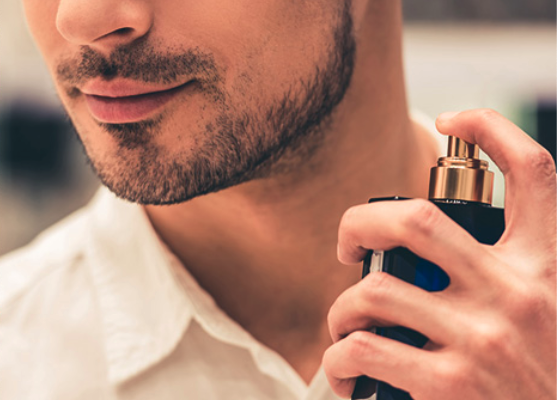Key Points/Overview
Formaldehyde is part of the larger aldehyde family. Although formaldehyde is most often thought of as a preservative, it can be used in compounds for composite wood and other products.
Aldehydes often serve as building blocks for resin or other industrial materials.
Many aldehyde chemical compounds are naturally derived and bring fragrance to perfumes, personal care products, room fresheners, and laundry detergents.
Contact with aldehydes is safe when used as intended. Government agencies such as the FDA review the use of aldehydes and can mandate standards to protect consumers.
Uses & Benefits

Perfumes
Aldehydes are present in many organic materials, everything from rose, citronella, vanilla and orange rind. Scientists also can create these compounds synthetically to use as ingredients for sweet-smelling perfumes and colognes. In 1921, for example, Russian perfumer Ernest Beaux created Chanel No. 5, which contained a mix of aromatic aldehydes and popularized their use in perfumes.

Industrial Applications
Aldehydes are versatile compounds that can help make resins, dyes and organic acids, as well as perfumes for cologne, detergents and soaps. Of all aldehydes, formaldehyde is produced industrially on the largest scale. Formaldehyde is known for its preservative and anti-bacterial properties, and formaldehyde-based chemistry also is a component in a range of products, including composite and engineered wood products in building and construction.

Safety Information
Perfumes
The U.S. Food and Drug Administration (FDA) regulates fragrance products, including perfume, cologne and aftershave. According to the FDA, fragrance ingredients in cosmetics must be safe when used according to directions on the label, or as people customarily use them. The Cosmetic Ingredient Review (CIR), an independent expert scientific panel established by the Personal Care Products Council, has information and studies on the safety of fragrances, and other cosmetic ingredients, that it has reviewed available online.
The U.S. Consumer Product Safety Commission (CPSC) regulates consumer products, including many products that may contain fragrance ingredients but are not applied directly to skin, such as laundry detergents, fabric softeners and room fresheners. To help protect product safety, CPSC can issue and enforce mandatory standards or consumer product bans.
Industrial Applications
Because some aldehydes are volatile, flammable liquids, the U.S. Department of Labor’s Occupational Safety and Health Administration has set permissible exposure limits (PELs) for different aldehyde compounds to help protect workers who come into contact with aldehydes in occupational settings.
Did you know cinnamon is an aldehyde?
Did you know chemists have another name for cinnamon? It’s cinnamaldehyde. This chemical compound is what helps give cinnamon its strong scent and flavor. Like many other aldehydes, cinnamon has been reviewed for safety. The U.S. Food and Drug Administration (FDA) has approved the use of cinnamaldehyde as a flavoring agent for direct addition to food. The International Fragrance Association has also evaluated the safety of cinnamaldehyde for perfumes and colognes, and other products like soap and laundry detergent.


